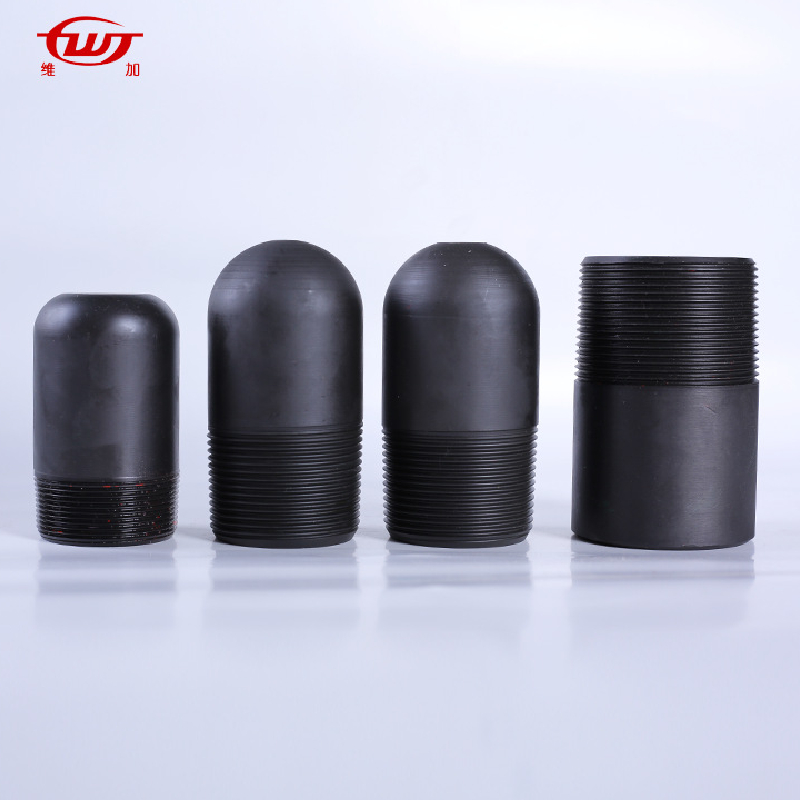- Afrikaans
- Albanian
- Amharic
- Arabic
- Armenian
- Azerbaijani
- Basque
- Belarusian
- Bengali
- Bosnian
- Bulgarian
- Catalan
- Cebuano
- Corsican
- Croatian
- Czech
- Danish
- Dutch
- English
- Esperanto
- Estonian
- Finnish
- French
- Frisian
- Galician
- Georgian
- German
- Greek
- Gujarati
- Haitian Creole
- hausa
- hawaiian
- Hebrew
- Hindi
- Miao
- Hungarian
- Icelandic
- igbo
- Indonesian
- irish
- Italian
- Japanese
- Javanese
- Kannada
- kazakh
- Khmer
- Rwandese
- Korean
- Kurdish
- Kyrgyz
- Lao
- Latin
- Latvian
- Lithuanian
- Luxembourgish
- Macedonian
- Malgashi
- Malay
- Malayalam
- Maltese
- Maori
- Marathi
- Mongolian
- Myanmar
- Nepali
- Norwegian
- Norwegian
- Occitan
- Pashto
- Persian
- Polish
- Portuguese
- Punjabi
- Romanian
- Russian
- Samoan
- Scottish Gaelic
- Serbian
- Sesotho
- Shona
- Sindhi
- Sinhala
- Slovak
- Slovenian
- Somali
- Spanish
- Sundanese
- Swahili
- Swedish
- Tagalog
- Tajik
- Tamil
- Tatar
- Telugu
- Thai
- Turkish
- Turkmen
- Ukrainian
- Urdu
- Uighur
- Uzbek
- Vietnamese
- Welsh
- Bantu
- Yiddish
- Yoruba
- Zulu
Understanding the Importance of Properly Seating a Nipple in Tubing Connections for Optimal Performance
The Importance of Proper Seating for Nipple Connections in Tubing Systems
In various industries, particularly in oil and gas, chemical processing, and water management, the efficiency and safety of fluid transfer systems are paramount. One crucial component of these systems is the nipple connection, where tubing segments meet and intermingle. Proper seating of the nipple in tubing is vital for ensuring seamless operations and mitigating potential hazards.
A nipple is a short piece of pipe, often threaded on both ends, used to connect two other fittings. It plays a significant role in the integrity of the overall piping system. When we refer to the seating of a nipple, we are essentially discussing how well the nipple fits into the tubing and whether it creates a secure, leak-free connection.
Why Proper Seating Matters
1. Leak Prevention Improperly seated nipples can lead to leaks, which can result in hazardous spills, environmental contamination, or catastrophic failures in severe cases. In industries dealing with volatile substances, even a minor leak can pose serious safety risks. The seating process ensures that the nipple is adequately aligned and secured within the tubing, minimizing potential leak paths.
2. Pressure Integrity Tubing systems often operate under high pressure. The seating of a nipple must accommodate these pressures without fail. An inadequately seated nipple might fail under high-pressure conditions, causing sudden release of fluids and potentially resulting in injury or property damage. Ensuring proper seating through alignment and secure connections is crucial to maintain the system's pressure integrity.
3. Ease of Maintenance Properly seated nipples make maintenance and replacement much more manageable. If connections are loose or misaligned, it can lead to complications when attempting to replace sections of tubing or to perform routine inspections. Smooth disassembly and reassembly ensure that maintenance activities can be carried out efficiently, saving both time and costs.
Techniques for Ensuring Proper Seating
seating nipple in tubing

To achieve proper seating of nipples in tubing, several techniques can be employed
- Thread Inspection Before installation, it is essential to inspect the threads on both the nipple and the tubing. Any damage, dirt, or corrosion can prevent proper engagement, leading to seating failures. A clean, undamaged surface promotes better contact and sealing.
- Lubrication Applying an appropriate lubricant can improve the ease of installation and help with the even distribution of torque when tightening the connections. This step is necessary to prevent galling, which can lead to failure during the connection process.
- Torque Specifications Adhering to manufacturer-recommended torque specifications is crucial. Over-tightening can damage components, while under-tightening might not provide a secure fit. Utilizing a torque wrench to achieve the specified torque can ensure that nipple connections are appropriately sealed.
- Alignment Checks Ensuring that the nipple is aligned correctly with the tubing before fully tightening can prevent stress on the joint, which could lead to failure during operation. Alignment tools can be useful in larger systems where visibility and access may be limited.
- Regular Inspections Implementing a schedule for regular inspections can help identify any potential issues related to nipple seating before they escalate into significant problems. Early detection allows for proactive measures to be taken, reducing downtime and repair costs.
Conclusion
In summary, the seating of nipples in tubing systems is a crucial factor for ensuring safety, efficiency, and reliability in fluid transfer operations. By employing proper techniques for installation and maintenance, industries can better manage the risks associated with improper connections. As technology advances and industries evolve, prioritizing the integrity of these connections will remain essential in promoting safe and effective operations.
-
Tubing Pup Joints: Essential Components for Oil and Gas OperationsNewsJul.10,2025
-
Pup Joints: Essential Components for Reliable Drilling OperationsNewsJul.10,2025
-
Pipe Couplings: Connecting Your World EfficientlyNewsJul.10,2025
-
Mastering Oilfield Operations with Quality Tubing and CasingNewsJul.10,2025
-
High-Quality Casing Couplings for Every NeedNewsJul.10,2025
-
Boost Your Drilling Efficiency with Premium Crossover Tools & Seating NipplesNewsJul.10,2025







